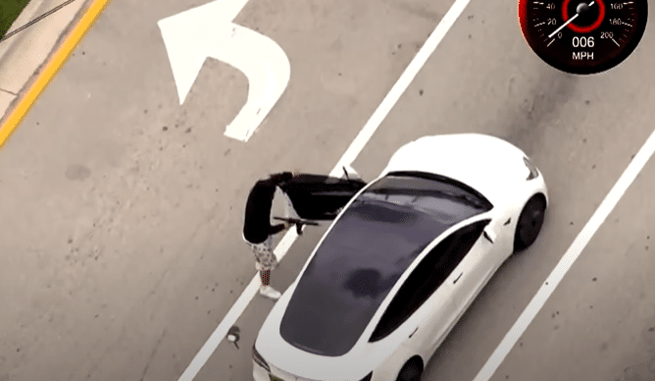As a website dedicated to carrying concealed, we’re given a lot of opportunities to see different types of holsters and carry configurations. That’s great — we don’t all go for the exact same thing.
There’s only so much you can learn about a holster from first glance. Every concealed carrier should use a holster that has the following six basic components:
- Trigger guard protection
This is a big one. A lot of people think it’s safe to throw a loaded handgun in a purse or a pocket. We’re not the concealed carry police. We’re not going to walk around telling you what to do. That said, it would be really awesome if you remove the possibility of the trigger being activated accidentally by either fishing around in a purse or pocket. Negligent discharges can and do happen because of this and safety is always a number one priority.
- Safe to carry with round in the chamber (Condition 1/0)
If your holster comes with a recommendation to “carry in Condition 3” (magazine inserted, no round in the chamber) then you may want to consider a different style. Carrying Condition 1 (magazine inserted, round in the chamber) is perfectly safe so long as you have good trigger guard protection, retention, and nothing is obstructing the barrel.
- Does not flag other people
When holstered, the handgun should not be facing in a direction where another person will have the muzzle facing them. Shoulder holsters used to be notorious for this. Most of the new designs for shoulder holsters thankfully favor a “straight up and down” approach that keeps the barrel facing mostly towards the ground.
- Can be easily hidden from view
Obviously the whole point of wearing a concealed carry handgun holster is so that it is not visible to others. Some people can wear outside the waistband concealed carry holsters without a problem. They usually have a thick coat or exterior layer that covers it. If that works for them, great. You may not be in that situation.
- Good retention
The handgun should stay put in the holster. If you can jump up and down and you’re worried about the gun falling out, you may want to consider a different holster.
- Comfort
If it’s not comfortable, you’re not going to use it. The goal is to carry everyday. To enable that effort, you need to find carry solutions that don’t annoy or irritate you during the course of a normal day’s routine.
Examples Of Judging Your Holster
We’ve enclosed a number of popular holster configurations. The goal is to show you how we would go through judging whether a concealed carry option would work for us. You can do something similar when you’re appraising a potentially new concealed carry method.
These above two examples were done even before putting on the holster. The next step in any holster evaluation is actually putting it on and moving around in it.
Sometimes, when you put a holster to the test, you discover interesting things about it that you wouldn’t have guessed.
Wearing a variety of different concealed carry holsters, you’ll find that between those six aspects mentioned above — your concealed carry holster will choose you as much as you choose it.
What are some factors you look for when considering a concealed carry holster? Tell us about it in the comments section below.


















